How and how to process grapes?
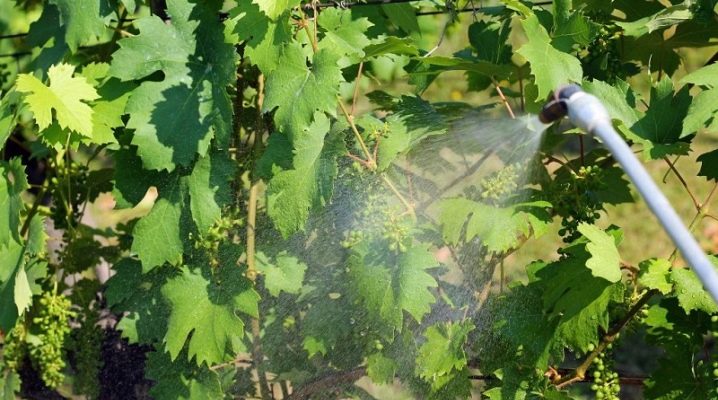
The need to understand how and how to process grapes in the fall before shelter for the winter and in August after harvesting often confuses beginner vine growers. Hydrogen peroxide and other remedies recommended for this can be found even in the home first aid kit, as well as purchased in specialized stores. To understand how to properly process grapes for the season, simple and detailed instructions will help.
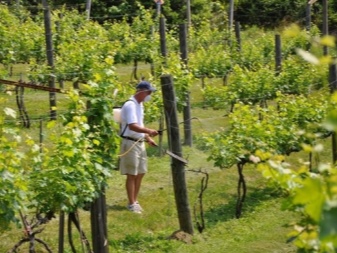
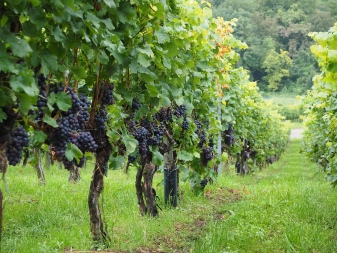
What is it for?
Grapes are a plant that, when cultivated, loses a significant part of its natural immunity. The vine is sensitive to climatic and temperature changes, susceptible to fungal infections, and suffers from pest infestations. Any such influences lead to the fact that the plants stop growing, worsen the setting of bunches. The berries begin to rot, and sometimes the entire crop is ruined.
Preventive treatments are an important component of success in viticulture. They protect plants from the development of most diseases. And also processing can be emergency, helping to solve specific problems. Most often, the defeat is detected by powdery mildew, mildew, and powdery mildew. In the absence of protection on the vine, leaves, berries, bacterial infections can develop. They are difficult to treat. It turns out to be much easier to carry out prevention. In world practice, there are many examples of the complete disappearance of certain varieties.
After phylloxera was brought to Europe from America, many vineyards were destroyed. In particular, those from which "Madeira" was produced. They were never restored. Preventive measures are the only way to protect plants. The vineyard needs spraying from diseases and pests much more than other plantings on the site.
It is necessary to take into account the varietal characteristics, the susceptibility of specific species to defeat by fungal infections. In any case, it will not be possible to completely do without such protection measures.
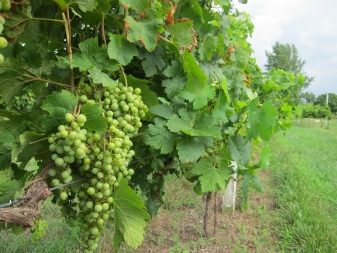

Timing
The grapes are sprayed throughout their growing season. In early spring, immediately after removing the covering material, the first treatments are carried out. Activities are being completed during the preparation of plants for wintering. But there are also certain limitations.
In autumn, grapes especially need protection after harvest and pruning. In the summer, in the heat, spraying is performed only in the morning or evening hours, and in September, with the return of the rainy season, you will have to wait for dry weather to complete the treatment.

Spring spraying
The choice of the month for the first session of protection against diseases should be based on the characteristics of the climate in the region. In the south, it will be late March or early April. In areas with a temperate climate, you will have to wait until May. It is important that the buds have not yet blossomed. Before this, dried and damaged branches are pruned, dead leaves in the root area are removed.
The soil is sprayed together with the vine with a 1-3% solution of ferrous sulfate. This substance allows for effective prevention of various plant diseases, has a disinfectant effect. Spraying with iron sulfate:
- slows down the process of opening the kidneys;
- helps to avoid freezing of shoots;
- destroys mosses and lichens;
- prevents mineral deficiencies.
Traditionally, treatment with this substance is considered to be most beneficial in the fall. In the spring, it is often replaced with copper sulfate in a solution of up to 3%. Spraying is performed on a vine that has suffered from diseases in the last season. But ferrous sulfate also successfully copes with its tasks, having a wider spectrum of action. The second spring treatment falls on the period when the plant's eyes will open. For spraying, fungicides are taken. To them you can add "Karbofos" to destroy the awakening insects. Spraying can be repeated after 10 days.
The last spring treatment should be carried out no later than 10 days before flowering, otherwise pollination problems may arise.

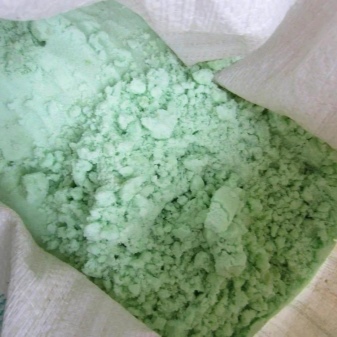
Summer months
The period of the most active vegetation of grapes falls on the warmest months of the year. It is important here to choose the right preparations in order to prevent the spread of the fungus, but not to lose the crop. When the atmospheric temperature rises to +18 degrees, solutions of sulfur-containing agents can be used for treatment. In colder weather, they are ineffective.
Autumn months
After harvesting, the vine remains on the site. It is cut off, and then sprayed with solutions of iron and copper sulfate. The optimum concentration for autumn processing is 3-5%. Such a solution will prepare the grapes for wintering, provide them with high immune protection.
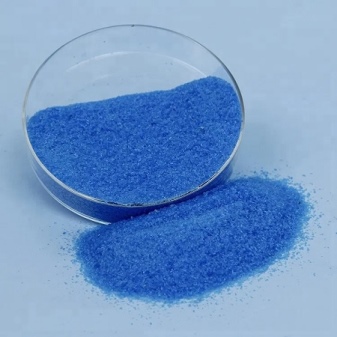
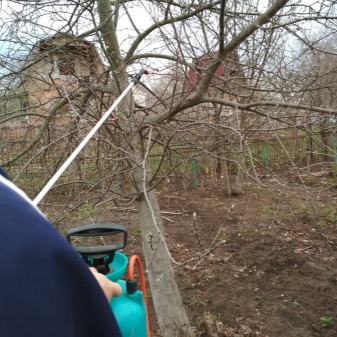
How to process?
The treatment of grapes from diseases can occur at different periods, but it is especially important at the time when the plant is vulnerable to external influences. Some substances are used to ripen the vines, others - only after harvest, before sheltering for the winter. Harvested berries are also usually processed for long-term storage.
Folk remedies
This group of means for protecting grapes from diseases and pests includes consumables available to everyone. They help from fungus and mold, save from lichens and moss. If the vine turns black, sick, they may well help in the early stages.
- Boric acid. It is used during the flowering period of grapes, promotes the formation of ovaries. In the future, spraying can be carried out so that the berries are juicier. Boric acid-based fertilizing is also useful for eliminating signs of deficiency of the main active substance in the soil. The solution is prepared in hot water by immersing 2.5 g of powder in 1 liter of water.
- Manganese solution. It is used to process grapes during the ripening period of bunches. Every 7-14 days, you can perform foliar spraying of maturing brushes with a solution of manganese at a concentration of 5 g per 10 l of water.
- Soda ash. A solution based on it is prepared at the rate of 50 g per 10 liters of water, adding 50 g of liquid soap and 10 drops of medical iodine. With this composition, shoots can be sprayed to improve the taste of the berries; when it hits the ground, it reduces the intensity of weed growth.
- Quicklime. Its solution in a proportion of 1 kg of dry matter per 10 liters of water covers the surfaces of trunks and branches. Processing is especially effective in the autumn.
- Vegetable raw materials. This includes decoctions on potato tops, onion skins, red pepper, wormwood. Raw materials are crushed, poured with water, brought to a boil. The resulting broth is filtered, stored for up to 2 months. Before use, mix with liquid soap solutions or milk whey.
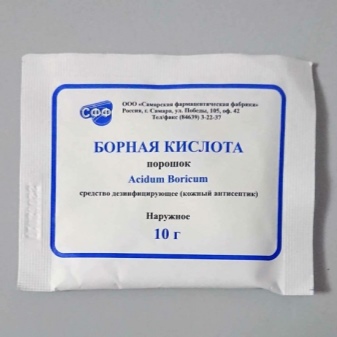
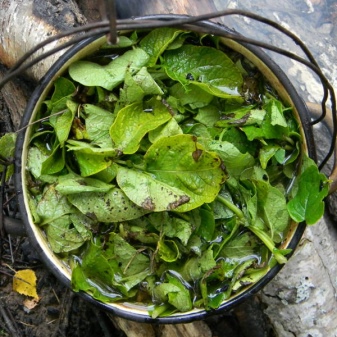
Separately, it is worth considering the use of hydrogen peroxide when spraying grapes. It replaces chemical fungicides during periods when bunches begin to pour on the vine. Hydrogen peroxide is safe for grapes at any stage of their development. This substance has a pronounced bactericidal and fungicidal effect, helps to replenish the oxygen deficiency in organs and tissues. The concentration of the solution will vary depending on the purpose of the treatment.
- Prevention. In this case, 300 ml of 3% peroxide is added to 10 liters of water. With this composition, the vine and shoots are sprayed 3 times during the season.
- Treatment of diseases. The solution is prepared from 8 liters of water and 250 ml of hydrogen peroxide.
- Disinfection of seeds and seedlings. To soak the material in 0.5 l of water, dissolve 25 ml of the substance.
The medical solution is already being sold in the required concentration of 3%. Spraying is carried out on the leaves through a garden spray bottle with a fine nozzle. It is important to choose periods without bright sun or lingering rains.
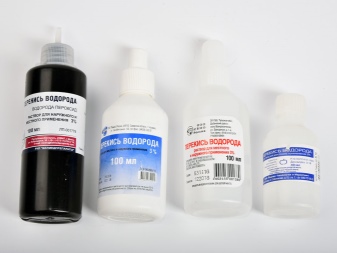
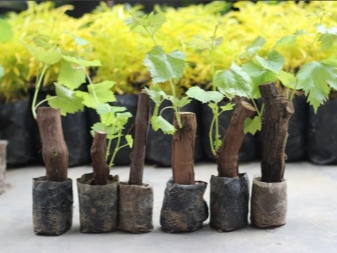
Drugs
All chemicals can be used only strictly following the instructions for use. Overdose can negatively affect the condition of plants, the taste of berries. One of the safest remedies is the Bordeaux mixture, invented by the French scientist Milliard. It is a versatile fungicidal preparation that helps to destroy the spores of fungal cultures. Suitable for treating sick and healthy vines.
For spraying grapes, a number of other popular chemicals and ready-made solutions can be distinguished.
- Fitosporin. The drug has a universal action against various infectious diseases. It is also used to increase yields, evenly distributing treatments - up to 3 times during the season. The economical "Fitosporin-M" in the form of a pasty concentrate also deserves attention.
- "Nitrofen". A complex product that combines the functions of a fungicide and insectoacaricidal properties. Suitable for early spring and autumn processing, used during the fruiting period. The drug inhibits the growth of weed crops, but it can slightly grease the soil. The composition is based on phenols obtained from coal.
- Horus. Swiss chemical preparation in the form of granules containing cyprodinil. This chemical pesticide is especially active against various types of fungi - ascomycetes, deuteromycetes. The active substance has good permeability into leaves and fruits, contributes to better preservation of the crop on the branches, and prevents rotting of the brushes. The remedy is effective against mildew, oidium, spot and powdery mildew, fruit rot.
- "Topaz". An effective preparation against white and black rot, American and rust. It is based on the substance penconazole, which does not possess phytotoxicity at the correct dosage. Differs in a high rate of penetration into plant tissues.
- "Urea". Urea in the form of solutions saturates the soil with nitrogen. And also it is effective in treating the vineyard in early spring, destroying pathogens and insect larvae.
- "Dnok". A complex action preparation suitable for combating insects and fungal diseases. Spraying in spring helps prevent infection and suppress pathogenic microflora.
- "Euparen". The drug is of universal action. Copes well with most fungal infections. Helps in the treatment of oidium, mildew, gray, white and black rot.
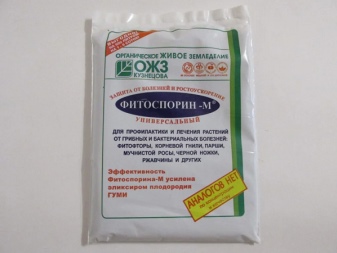
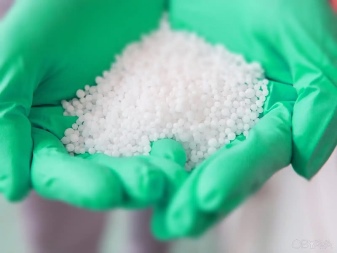
All fungicidal preparations for grapes are usually divided into several groups. For prevention, contact means of repeated use are well suited. But already the first rain will wash away all traces of processing. Systemic drugs accumulate in plant tissues, providing long-term protection. Combined products combine the properties of the other two groups and are best suited for the comprehensive protection of the vineyard.
The type of pathogen is also important. For example, "Flaton", "Baytan", "Tsinebom", "Kaptan" are effective against white and black rot. Combined preparations "Vectra", "Falcon", "Fundazol", "Ridomil Gold" are more suitable for combating powdery mildew and mildew. Fungicides Sumileks and Topsin are effective against gray rot.
Insecticidal preparations are selected based on the type of pest attacking the vine. A tick, aphid, or phylloxera will require different chemicals. Each of them will take into account the peculiarities of the feeding behavior of insects. For example, in the fight against aphids, combined enteric means work best:
- "Kinmix", acting at any stage of development;
- "Actellik" with a prolonged effect;
- Fozalon for long-term protection.
Spider mites can be destroyed with drugs containing permethrin, benzophosphate. Concentrated colloidal sulfur (75%) will eliminate any pests, including phylloxera. "Fitoverm", "Bitoxibacillin P" will be useful against leaf rollers. "Fufanon-Nova" and other drugs based on malathion will help get rid of worms.

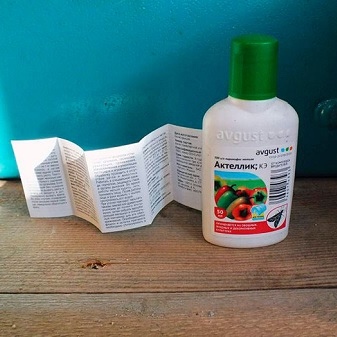
rules
Basic treatment recommendations are equally relevant for fungicides and insecticides. Spraying is best done in clear, windless weather. It is important to carefully study the instructions for the drug to avoid overdose. Even the same remedy in a different volume, concentration can become a poison or medicine for grapes.
Other important recommendations.
- Maintaining order in the vineyard. Before any treatment, you need to remove the fallen and yellowed foliage. The revealed signs of infection are a reason for removing damaged brushes, shoots, with their subsequent destruction.
- Compliance with the schedule. For grapes, 4 spring treatments are carried out and 1 in summer, in autumn. Unscheduled spraying will be required only if signs of infection of the vine with diseases or pests are detected.
- Alternation of drugs. You can not use the same products because of the quick addiction. It is important to regularly replace them with similar drugs, but on a different basis.
- Taking into account the compatibility of drugs. If you need to simultaneously get rid of insects and fungus, complex preparations will come to the rescue.
- Contact protection. Some chemical pesticides can cause chemical burns if inhaled or in contact with the skin. Wearing respirators, rubber gloves, and special suits will help prevent negative reactions.
Following these tips, you can support the immunity of grapes, take care of its safety during the fruiting period, protect valuable varieties from insect attacks, without risking your own health.
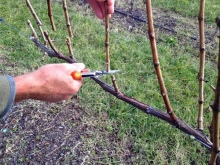
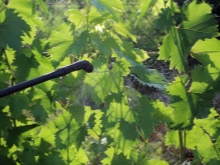
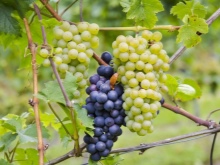













The comment was sent successfully.